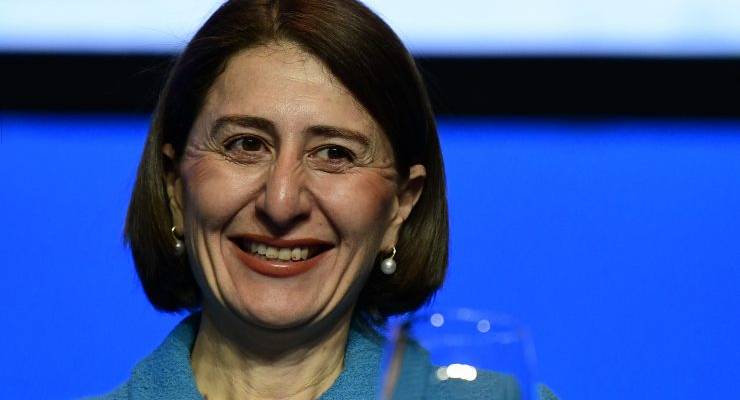
Is the NSW government’s “three cities” strategy conning residents of western Sydney about the scale and type of jobs that it insists the Western Sydney Aerotropolis will bring to their region?
The Greater Sydney Region Plan pitches the Aerotropolis — essentially a fashionable name for a cluster of airport-related businesses — as underpinning the creation of hundreds of thousands of high-skill jobs.
They promise these jobs in Western Parkland City will traverse “aerospace and defence, manufacturing, healthcare, freight and logistics, agribusiness, education and research industries”.
The planned Western Sydney Aerotropolis at Badgerys Creek is the NSW government’s rationalisation for hiving-off the far western suburbs of Sydney as a separate, mostly self-contained, sub-region under its “three cities” metropolitan strategy.
The catalytic effect the Berejiklian government attributes to the Aerotropolis is extremely dubious. It strikes me as more about (political) marketing than plausible policy.
Land uses proposed in Stage 1, Western Sydney Aerotropolis
Consider that Melbourne Airport together with nearby industrial uses — about 5 square km, excluding runways and buffer areas — only has around 30,000 jobs, accounting for just 1.5% of all jobs in the Melbourne metropolitan area (see also this piece on where are the suburban jobs?).
That puny share is despite Melbourne Airport:
- Operating for nearly 50 years at Tullamarine
- Having no serious competitor airport in the metropolitan area
- Handling 80% as many passengers as Sydney’s Kingsford Smith and being one end of the second busiest airport pair in the world
- Being 22 km from Melbourne CBD.
In contrast, Western Sydney Airport will compete with the busiest airport in Australia, is located 44 km from Sydney CBD, and will start in 2026 from a base of zero air traffic.
Advocates of the Aerotropolis emphasise the importance of air freight in driving jobs growth in the west, but air only accounts for a tiny fraction of the national total of non-bulk domestic freight.
Air has a much higher share of international freight when measured by value because it’s used for transport of high-price, low-weight items like mobile phones and pharmaceuticals. But that doesn’t translate to large numbers of direct jobs; only around 1.2 million tonnes of freight is exported/imported nationally by air each year.
In any event, it’s not obvious why importers of (say) electronic components would prioritise locating at Badgerys Creek rather than elsewhere in Sydney e.g. in the electronics cluster at Macquarie Park. Factors like access to suppliers, customers and skilled workers are likely to be far more important in most firms’ locational calculations than proximity to air freight deliveries.
Another important factor is four-fifths of Australian export/import air freight is carried in the bellies of passenger planes, so the locational preferences of international passengers is the decisive factor. If international passengers favour Kingsford Smith over Badgerys Creek as their location of departure or arrival, then that’s where the freight will go.
Governments in Australia have a poor record of attracting firms to locations that don’t optimise commercial imperatives, especially locations on the metropolitan fringe or in the regions. That target is much harder when the target is high-skill, knowledge economy jobs.
This piece was first published on the Urbanist blog.








Development spruikers gilding the lily ? Who’d have thought ?
It’s a shame that Bernard isn’t here to defend Gladys
South Australians well remember Labor’s Multifunctionpolis. Lots of bloviating and precious few results.
In the past NSW has had the Big Pineapple, the Big Prawn and the Big Merino , now Gladys B. is going to ensure that NSW has it’s very own Big White Elephant.
Infrastructure Australia (the original one, not the one we have now) addressed these issues a decade ago in the context of a national freight strategy, regional development strategies and more. Their work back then now forms part of the current ABC documentary series UTOPIA. You know the one, the series that was a spin off from the historical BBC documentary saga YES MINISTER. You actually can’t make this stuff up (double entendre intended). Wait for the sequel to all of this in 2023 – probably entitled IF YOU BUILD IT THEY WILL COME.